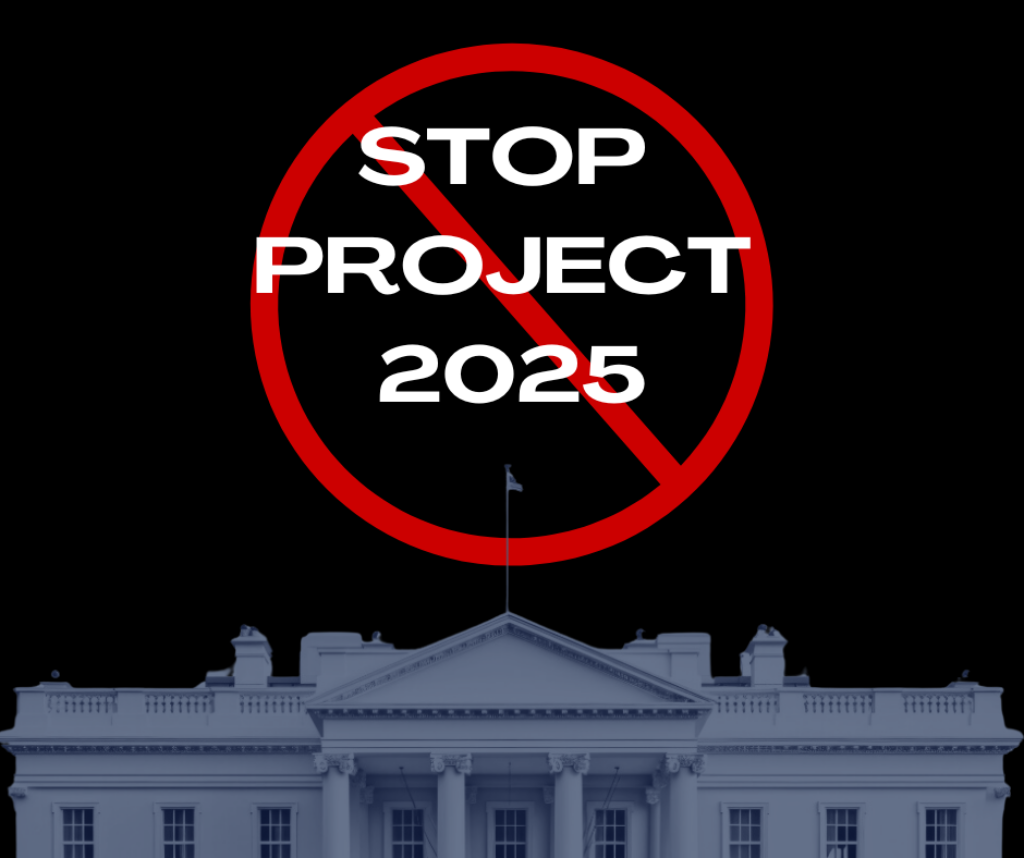While an extremely lengthy and often frustrating read, there is much to analyze and learn from Project 2025 and its authors’ writing strategies. Cleverly using semantics throughout Project 2025, the authors somewhat successfully mask the fundamental reasoning behind, and severity of, many of their proposed solutions. Of course, given the widely negative news coverage across political parties, as well as former president Donald Trump’s attempts to distance himself from the Project, it’s obvious to most that Project 2025’s plans would prove disastrous for the future of the country. With this article, though, I hope to break down some of the less obviously problematic proposals in Project 2025, as well as to discuss the methods by which the authors of Project 2025 disguise their intentions; methods which will almost certainly be used in many future political projects and proposals in years to come.
To explain what exactly “camouflaging” semantics means in this context, I should first elaborate on what I mean by semantics. The study of the meaning of words, sometimes referred to as specifically lexical semantics, is infinitely pervasive in all aspects of our daily lives. Whether you read the news in the morning, listen to podcasts while on a jog, or have conversations with friends over a cup of coffee, you subconsciously use and understand the lexicon of your native language as you interact with it. Put simply, you understand words and their meanings within the context of your interacting with them. Say you space out during a conversation with a friend in which you are discussing formal clothing. If you catch only the word “tie”, you will instinctively understand that they were referring to the article of clothing. In a different context, for example a conversation about soccer with the same person, if you spaced out and only caught the word “tie”, you would know they are talking about two teams having an even score, not the article of clothing.
Another fantastic example of interacting with semantics in a similar way, if you’ve ever played it, is the New York Times game Connections. Tasked with deducing the similarity between a grouping of words, New York Times’ Connections game provides an excellent means to practice actively thinking about semantics during your daily commute.
Now, Project 2025 does not use semantics as overtly as NYT Connections or my previous example involving the word “tie”. It does, however, include many examples of key words which need to be read from multiple slightly different perspectives to fully understand the severity of their corresponding proposals. For example, on page 5 of the foreword of Project 2025 Kevin Roberts writes, “Pornography should be outlawed.” While obviously an infringement on freedom of speech motivated by the creators of Project 2025’s desire to force their religious beliefs on all other Americans, this may not seem like the most inflammatory proposal at first read. The true danger in this sentence and others like it in Project 2025, is hidden in the meaning of key words like “Pornography”. More specifically, in the author’s individual and particular definitions of these key words.
In this example, on the same page, Roberts writes “Pornography, manifested today in the omnipresent propagation of transgender ideology and sexualization of children…” Here, Roberts equates transgenderism with pornography, as well as the phrase “sexualization of children”, which most often refers to the education of children at a young age on concepts such as gender, sex, and sexuality. Roberts’ definition, importantly, does not match with the widely understood definition that almost all readers would instinctively think of. If a reader happens to skip the sentence in which Roberts provides his understanding, or simply forgets Roberts’ definition in the process of reading, they would default to their own preconceived notion, thus potentially having a less negative reaction to reading the proposal that “Pornography should be outlawed.”
This is one of the creative semantic strategies frequently employed by the authors of Project 2025. Relying on readers’ general understanding of key words, they disguise their more specific yet often broader reaching definitions and the implications of agreeing with and implementing them.
Along similar lines, Project 2025 uses extremely common and effective tactics to appeal to positive moral sensibilities. Specifically, by using words and phrases like “pro-life”, “supporting parental rights to choose their child(ren)’s curriculum”, and “promoting the health and well-being of women and their unborn children”, the authors of Project 2025 downplay and distract from the negative realities of the implementation of their policies. After all, “pro-life” is much more appealing than “anti-choice”, and “supporting parental rights” certainly appears less problematic than “forcing the Bible to be included in public school curriculum”.
It is worth noting, of course, that both major political parties in the U.S. implement semantic tactics like these all throughout their messaging. I would encourage you, the next time you are reading, watching, or listening to an article, opinion, news story, or even a tweet that contains political material, to take a moment to dissect key words and try to uncover all the relevant implications of the author’s choice to use that specific word.


